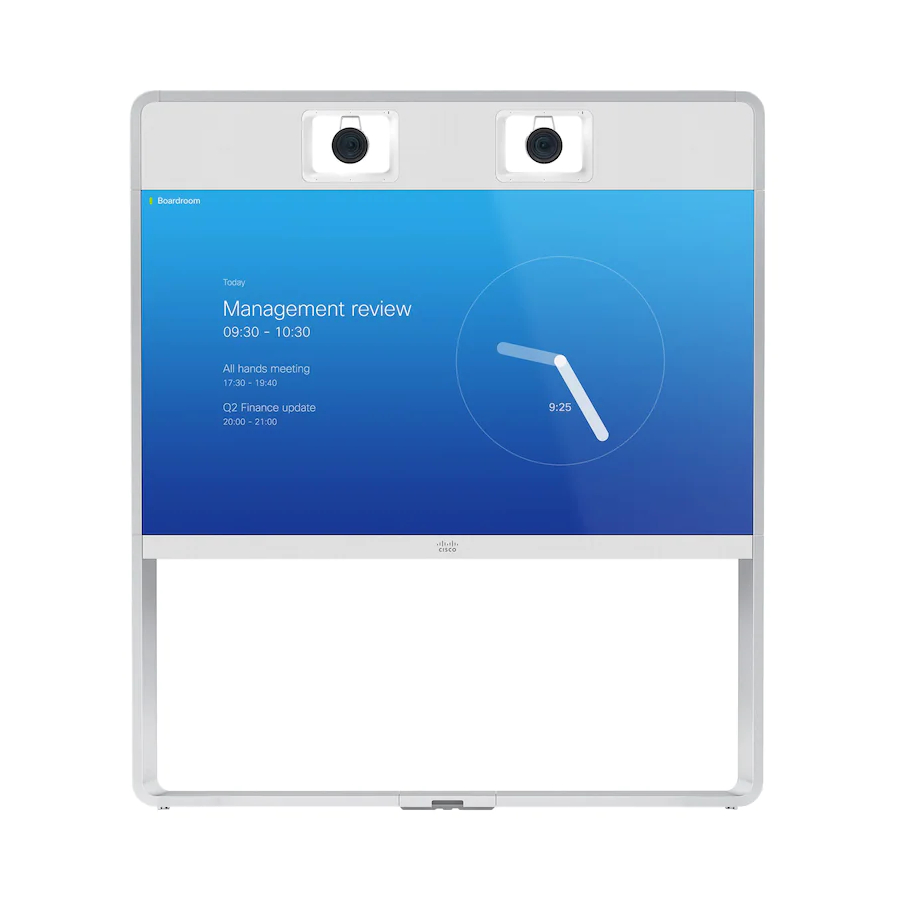Cisco Telepresence MX800 Handmatig - Pagina 25
Blader online of download pdf Handmatig voor {categorie_naam} Cisco Telepresence MX800. Cisco Telepresence MX800 45 pagina's. Wall-mounted mx800 single
Ook voor Cisco Telepresence MX800: Snelstarthandleiding (12 pagina's), Installatiehandleiding (16 pagina's), Vervangingshandleiding (46 pagina's), Vervangingshandleiding (47 pagina's), Installatiehandleiding (30 pagina's), Onderdelen (24 pagina's), Installatiehandleiding (16 pagina's), Snelle referentiehandleiding (2 pagina's), Handmatig (45 pagina's), Snelle referentiehandleiding (2 pagina's), Snelle referentiehandleiding (2 pagina's), Aan de slag handleiding (46 pagina's)

